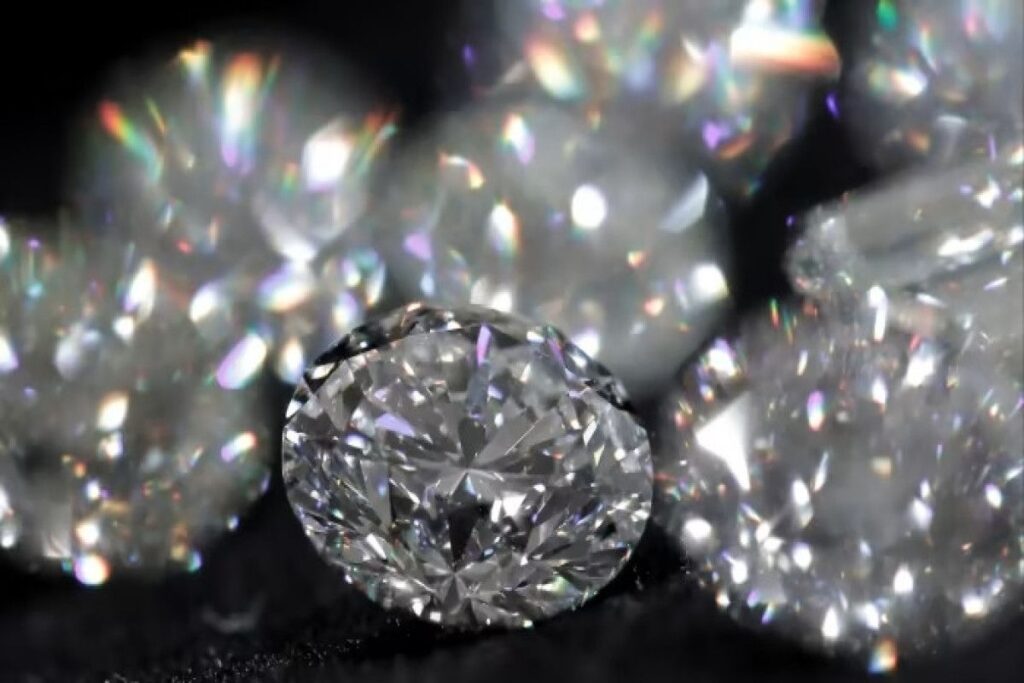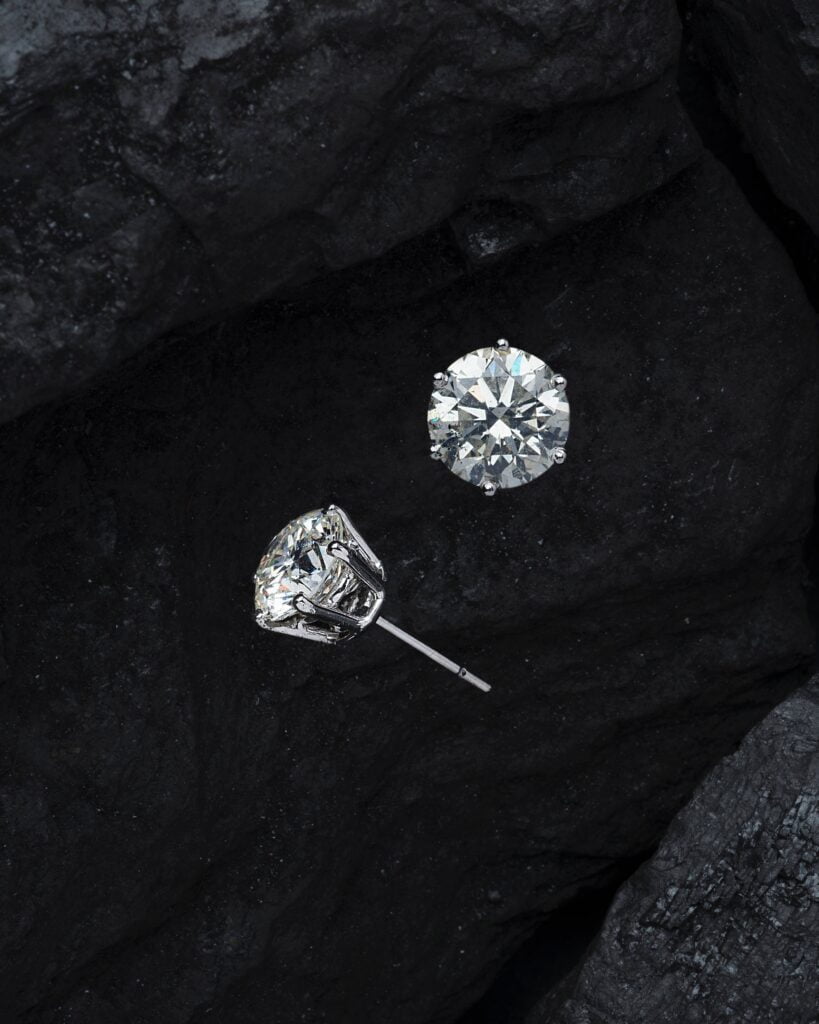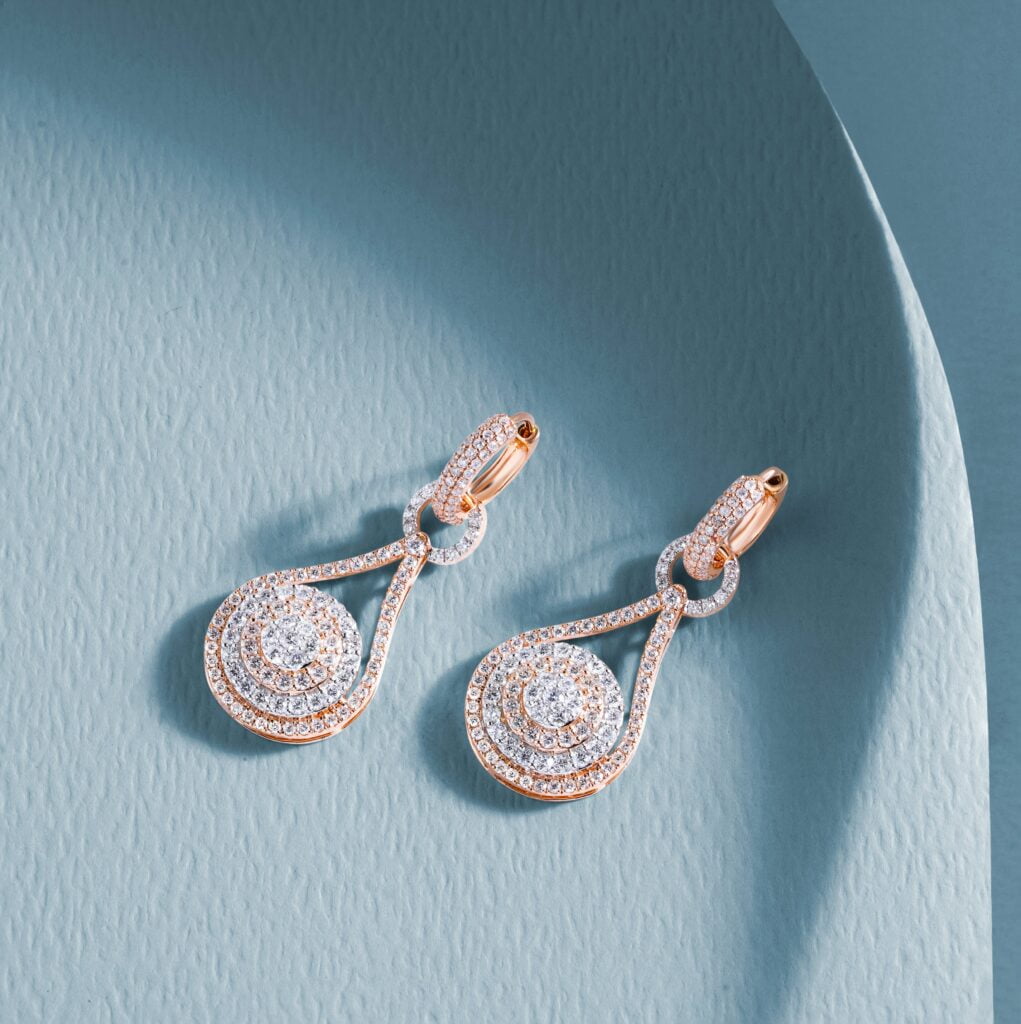EU to Consider Banning Sale of Russian Diamonds
EU to Consider Banning Sale of Russian Diamonds. In a significant push against Russian trade, the European Commission (EC) is set to propose a ban on the sale of diamonds from Russia to its member states, as reported by Azernews. Should all 27 member states approve the motion, a unanimous vote can bring this potential sanction into full effect. The proposed diamond ban forms part of a broader 12th set of sanctions against Russia, which include additional personal restrictions on more than 120 defendants, export sanctions, tightened control on Russian oil prices, and the introduction of measures to counter evasion of EU sanctions.

Context for the Potential Ban on Russian Diamonds
Brief overview of the situation
In a proposal that could have far-reaching implications for the global diamond industry, the European Commission is considering a ban on the sale of diamonds from Russia. This potential move arises from a host of geopolitical tensions, human rights issues, and allegations surrounding Russia’s circumvention of existing EU sanctions.
Role of the European Commission in the proposal
The European Commission, as the EU’s executive body, is at the forefront of coordinating and proposing this ban. Mindful of the potential impacts, the commission has adopted the proposal and sent it forth to the 27 EU member states for consideration. The decision on the ban will only come into effect if all member states vote unanimously in favor.
Reported plan for the 12th package of sanctions against Russia
As part of ongoing efforts to address Russia’s handling of geopolitics and human rights issues, the EU is reportedly considering a comprehensive 12th package of sanctions against Russia. This package is expected to hold more sanctions, including an array of personal restrictions on more than 120 defendants, export sanctions, measures to tighten control over Russian oil prices, and crucially, a ban on diamond imports.
Reasons Behind the Consideration of the Ban
Geopolitical tensions between EU and Russia
One of the most significant factors prompting this proposed ban is the growing geopolitical tension between the EU and Russia. Increasingly divergent geopolitical agendas and repeated clashes over international policy have placed both powers at odds, with the ban on Russian diamonds forming part of the EU’s response to these complex disagreements.
Human rights issues in Russia
Human rights concerns within Russia are another major factor precipitating the ban’s consideration. The EU, with its strong commitment to human rights, seeks to use this ban as a form of diplomatic pressure to address these issues.
Alleged circumvention of EU sanctions by Russia
Allegations of Russia’s ongoing circumvention of EU sanctions have also fueled the move towards enforcing a diamond ban. The proposal serves not just as a sanction in itself, but also as a deterrent against future attempts by Russia to evade EU’s sanctions.
Process for Enforcing the Diamond Ban
Detailed examination of the proposal by EU countries
Before the ban can be implemented, the proposal must first be rigorously examined by all 27 member countries of the EU. This is to ensure the ban aligns with each country’s national interest and the wider goals of the EU.
Voting process among the EU member states
Following the examination, the proposal will be put to a vote among the EU member states. It will only pass if every country votes in favor, emphasizing the importance of consensus within the EU on such significant decisions.
Enforcement mechanisms once the ban is approved
If the ban is approved, enforcement mechanisms will be put in place. These mechanisms will likely involve rigorous monitoring and regulation of import practices among member countries to prevent the illegal entry of Russian diamonds into the EU market.
Impact on the Russian Diamond Industry
Current state of the Russian diamond industry
The Russian diamond industry, as one of the key players in the global diamond supply chain, will likely face significant challenges should the proposed ban be enacted. This industry plays a significant role in the Russian economy, and any disruption could have widespread consequences.
Potential economic effects of the ban
The ban could result in significant economic loss for Russia’s diamond industry. The EU is a large market for Russian diamonds, and losing access to this market could lead to decreased sales, harming profits in the short and long term. The Revolution of Personalization in the Lab-Grown Diamonds Industry by Liori Diamonds
Reactions from the Russian government and diamond vendors
The exact response of the Russian government and diamond vendors is as yet unknown. However, considering the potential negative impact of the ban on the industry, it can be expected that strong resistance and countermeasures might follow.

Repercussions on the Global Diamond Market
Russia’s role in the global diamond supply chain
As one of the most significant suppliers in the global diamond supply chain, any disruption to Russia’s diamond industry could have a ripple effect across the globe. Without access to Russian diamonds, countries may need to seek alternate sources, potentially leading to shifts in trade routes and alliances.
Possible shift in diamond trade routes
The proposed ban on Russian diamonds could encourage a realignment of global diamond trade routes. With the EU no longer importing from Russia, there may be a shift towards other diamond-producing regions, redistributing the global flow of diamonds.
Potential impact on diamond prices globally
Given Russia’s pivotal role in the diamond supply chain, the proposed ban could also influence global diamond prices. The drop in supply could potentially drive prices up in the short term as buyers vie for a reduced global stock.
Implications for EU-Russian Relations
Current relations between EU and Russia
The proposed ban on Russian diamonds is a clear indication of escalating tensions between the EU and Russia. It’s a move that reflects not just economic considerations but also the significant geopolitical and human rights concerns shared amongst EU member states. https://www.aigsthailand.com/
Potential diplomatic fallout from the diamond ban
The diamond ban could potentially worsen EU-Russian relations, leading to diplomatic fallout. Russia could perceive this ban as an aggressive act, making diplomatic engagement and conflict resolution more challenging in the future.
Russia’s possible countermeasures
In response to the proposed ban, Russia might implement its own set of countermeasures. These could range from reciprocal bans on specific EU goods and services to broader geopolitical maneuvers aimed at undermining the EU’s position on the global stage.

Reaction from International Community
Responses from non-EU countries
The reaction from non-EU countries is likely to be mixed. Some may support the stand taken by the EU and implement similar bans. Others, however, might seize the opportunity to fill the void left by the EU, increasing their trade relationships with Russia to access the diamonds.
Potential interventions from international organizations
International organizations could potentially intervene, offering platforms for dialogue and negotiation. These organizations might work to mediate the situation, hoping to resolve the conflict without resorting to extensive sanction regimes.
Global public opinion on the situation
Global public opinion will likely be divided based on people’s varied perspectives towards EU-Russian relations, sanctions, and the global diamond trade. Some might support the EU’s stand, viewing it as a necessary move to address geopolitical and human rights issues. Others might see it as an unwarranted intervention with potentially destabilizing outcomes.
Legal Aspects of the Diamond Ban
International laws and agreements concerning trade sanctions
The proposed ban will need to comply with existing international laws and agreements regarding trade sanctions. Adequate due process and fairness must be ensured, and careful attention will need to be paid to Russia’s rights under international trade agreements.
Legal challenges Russia could raise in response to the ban
Russia might mount legal challenges in response to the diamond ban. These challenges could be brought forward in forums such as the World Trade Organization, where Russia could argue the ban is unjust or violates international trade agreements.
Role of international courts in the situation
International courts may play a role in resolving disputes over the ban. In particular, they may be called upon to interpret relevant laws and treaties, resolve disputes, and ensure the ban abides by international legal norms.

Alternative Sources of Diamonds for the EU
Current major diamond suppliers to the EU
Currently, the EU imports a significant amount of its diamonds from Russia. But other big players in the diamond industry such as Botswana, Canada, and Australia could potentially fill the void left by a Russian diamond ban.
Potential contenders to fill the void left by Russia
Countries with significant diamond reserves such as South Africa, Botswana, and Canada may become alternative sources of diamonds for the EU. However, reorienting supply chains will come with its own set of challenges and may take time.
Challenges in sourcing diamonds elsewhere
Although there are other potential sources of diamonds, transitioning to these new providers presents logistical and ethical challenges. Diamonds come with their own host of issues related to fair trade and ethical sourcing, and so any shift in sourcing will need to be handled carefully.
Future Scenarios if the Ban is Implemented
Short-term and long-term effects on EU-Russian diamond trade
In the short term, the ban could disrupt both the EU and Russian diamond markets significantly. Over the long term, it might lead to the restructuring of global diamond supply chains, with the EU and Russia diversifying their diamond trade partnerships.
Potential responses from the global diamond industry
The global diamond industry might respond to the ban by adapting their supply chains, seeking out potential new trade routes, and renegotiating trade deals. Companies might also ramp up diamond exploration and production in other regions to offset the loss of Russian diamonds.
Possibility of the ban being lifted in the future
Whether the ban might be lifted in the future is uncertain and would depend on various factors including changes in EU-Russian relations, Russia’s response to the ban, and the resolution of issues that led to the ban’s implementation in the first place. Until then, the ban is likely to reshape EU-Russian relations and the global diamond market in profound ways.

